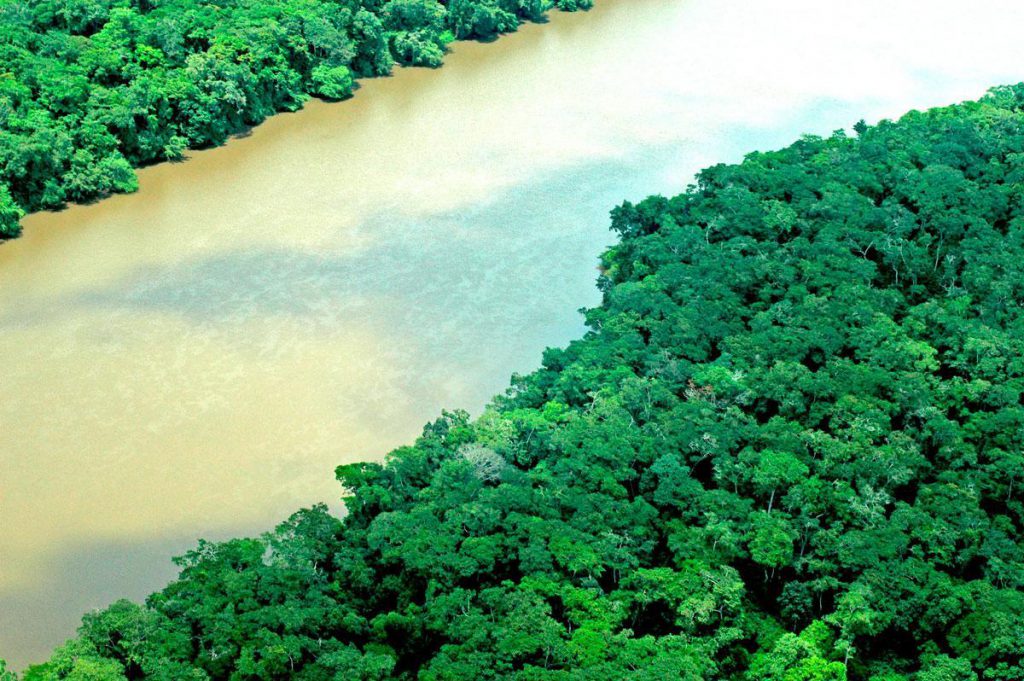Content
Located in the heart of the Central African Republic, lies a nearly untouched protected area, the Bamingui-Bangoran National Park (in French: Parc National du Bamingui-Bangoran). Spreading over a vast expanse of more than 10,000 square kilometers, this park, established in 1988, serves as a refuge for an impressive variety of fauna and flora. It offers an exciting adventure for nature lovers and wildlife enthusiasts, allowing them to discover and enjoy the wonders of nature in its purest state. Throughout this article, we will explore the rich biodiversity, unique ecosystems, fascinating tourism opportunities, and the important conservation efforts carried out in the Bamingui-Bangoran National Park.
Flora and Fauna
The Bamingui-Bangoran National Park is home to a multitude of plant and animal species, some of which are endemic to the region. This vast natural sanctuary harbors vast tropical forests, savannas, and grasslands, where iconic animals such as elephants, lions, spotted hyenas, and various primates reside. Among the bird species, one can find everything from raptors to colorful songbirds. The park’s biological diversity is truly impressive and provides a unique glimpse into African wildlife.
Ecosystems of the Park
The park consists of a variety of unique ecosystems. From lush jungles and forests to savannas and grasslands, to riverine areas and wetlands, the Bamingui-Bangoran National Park offers a diversity of habitats that support a wide range of wildlife. The riverine and wetland ecosystems, in particular, are vital for the water cycle and serve as breeding grounds for a variety of fish and water birds.
Threats and Conservation
Despite its ecological significance, the Bamingui-Bangoran National Park faces a series of threats, including deforestation, poaching, and climate change. However, conservation efforts are underway to mitigate these challenges and safeguard the park’s integrity. Various conservation strategies and measures have been implemented to protect the park’s flora and fauna, including the active involvement of the local community in conservation efforts.
Tourism in Bamingui-Bangoran National Park
The park offers a range of activities and tourist attractions that allow visitors to enjoy the natural beauty and rich biodiversity of the region. Hiking trails and safari excursions provide unique opportunities to observe wildlife in its natural habitat. Additionally, there are accommodation options for all tastes and budgets, from camping to luxury lodgings, all designed to ensure that your visit is an unforgettable experience.
Research and Studies
In addition to its rich biodiversity, the Bamingui-Bangoran National Park is an important center for scientific research. Numerous studies and research projects have been conducted in the park, many of which have shed light on the importance of conserving biodiversity and sustainable management of natural resources.
Culture and Community
The park not only plays a crucial role in biodiversity conservation but is also of vital importance to the local communities. Many of these communities depend on the park for their livelihoods and have a rich culture closely linked to the land and wildlife. The Bamingui-Bangoran National Park is an important pillar of the local economy, providing employment and contributing to the sustainable development of the region.
The Park in the Context of Africa and the World
At the continental and global levels, the Bamingui-Bangoran National Park holds a special place. Compared to other national parks in Africa, it offers exceptional biodiversity and natural beauty, resulting in significant international recognition and status. Preserving this park is essential not only for the Central African Republic but also for the global natural heritage.
Local Cultures and Park Influence
The communities surrounding the Bamingui-Bangoran National Park maintain an intimate relationship with the natural environment, a relationship that is reflected in their rich culture and traditions. From folktales and myths revolving around the park’s flora and fauna to subsistence practices that depend on natural resources, the park heavily influences the daily lives of local communities. Respect and reverence for nature are deeply ingrained in local culture, adding another layer of importance to conservation efforts in Bamingui-Bangoran.
The Park in the Local Economy
The Bamingui-Bangoran National Park plays a crucial role in the local economy. It is an important source of employment for the community, from jobs in park management and maintenance to opportunities in the growing tourism industry. The park also provides indirect benefits to the local economy by preserving ecosystems that support agricultural and fishing activities, which are essential for the livelihoods of many communities. Additionally, the income generated through tourism is often reinvested in the community, helping to finance local development projects.
The Park in the Context of Africa and the World
Comparison with Other African National Parks
Compared to other African national parks, the Bamingui-Bangoran National Park stands out for its diversity of habitats and rich biodiversity. Unlike national parks that primarily focus on savannah ecosystems, Bamingui-Bangoran offers a unique mix of tropical forests, savannas, grasslands, and wetlands. This allows the park to host a variety of species that are not found together in many other places in Africa. Furthermore, the strong presence of endemic species further enhances the ecological and conservation value of the park.
Recognitions and International Status
The Bamingui-Bangoran National Park has received significant international recognitions and status for its contribution to biodiversity conservation. Over the years, it has attracted the attention of various international conservation organizations and has been the beneficiary of numerous projects and funding aimed at supporting its conservation efforts. This recognition highlights the importance of the park not only for the Central African Republic but also for the entire world as a stronghold of biodiversity in Central Africa.
